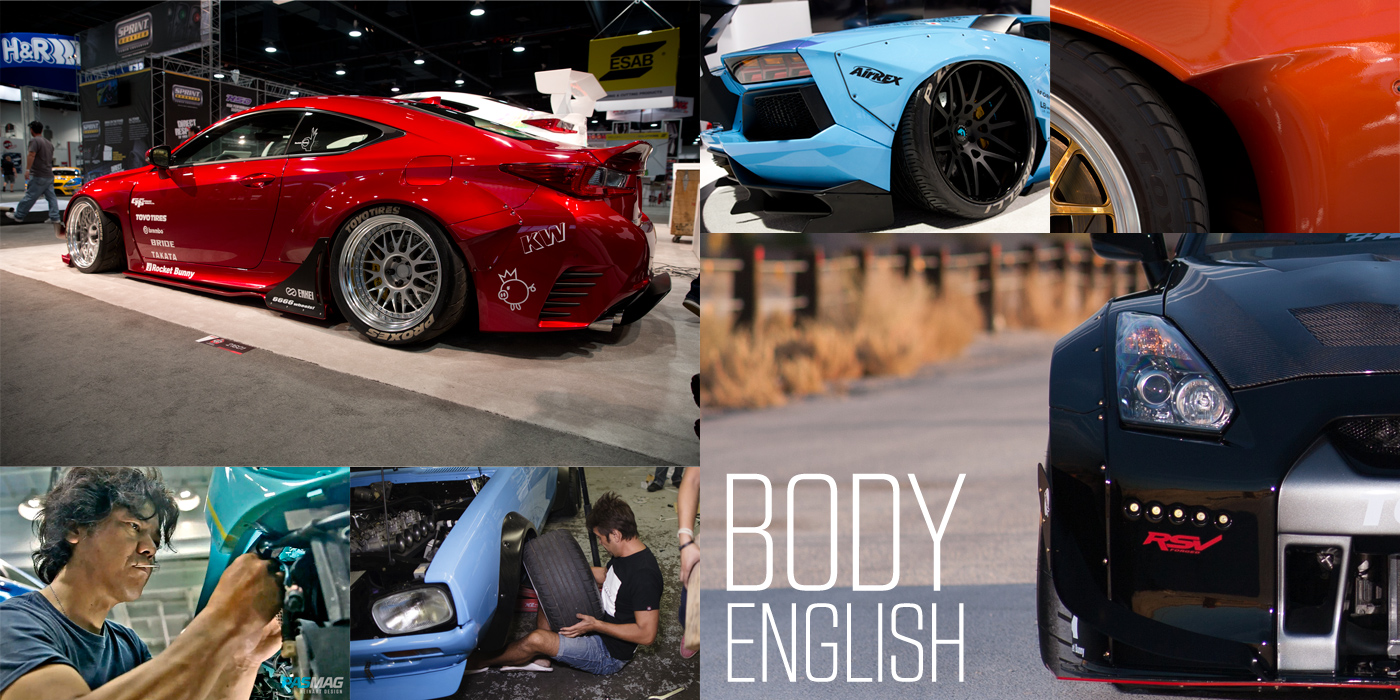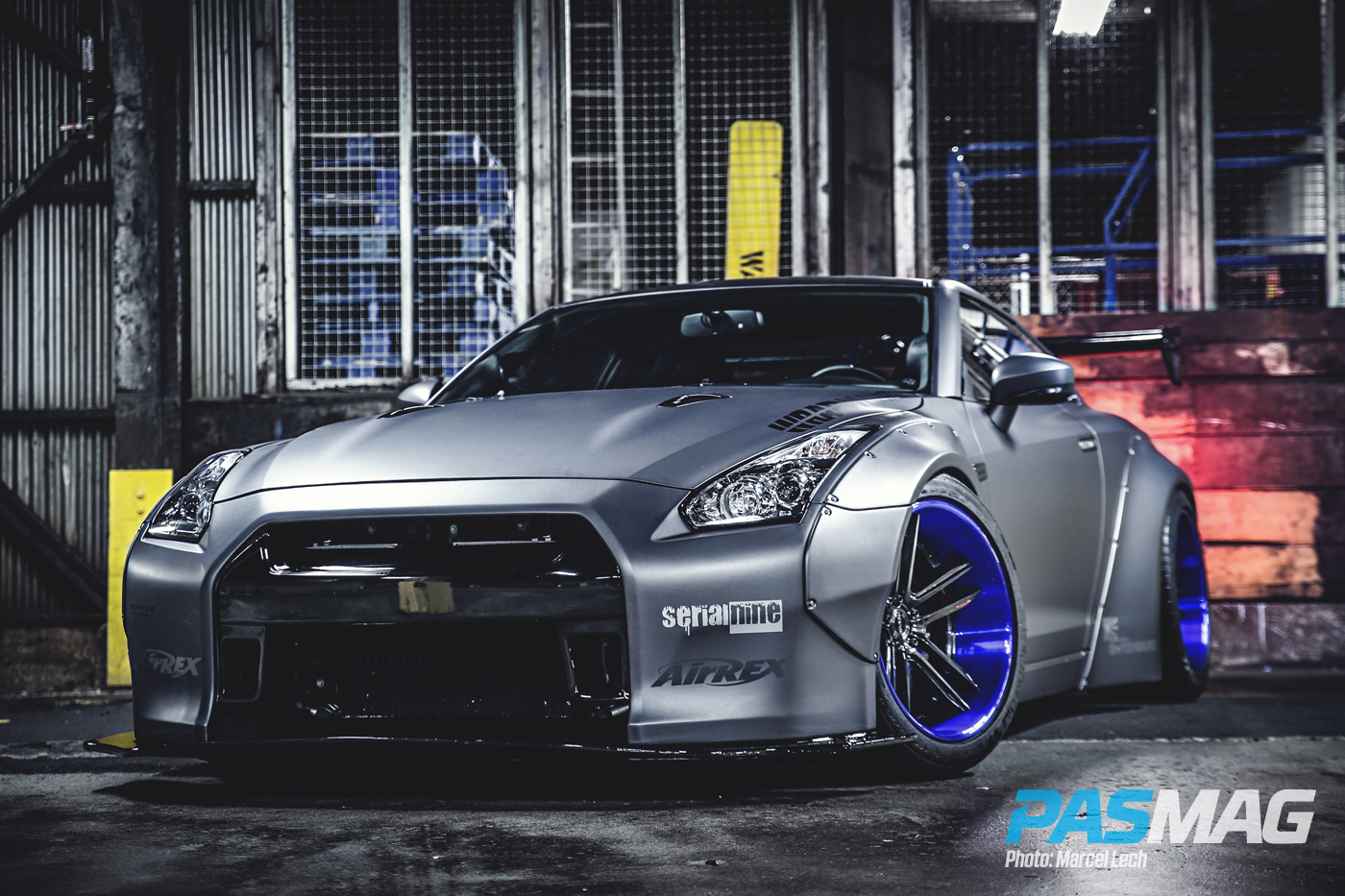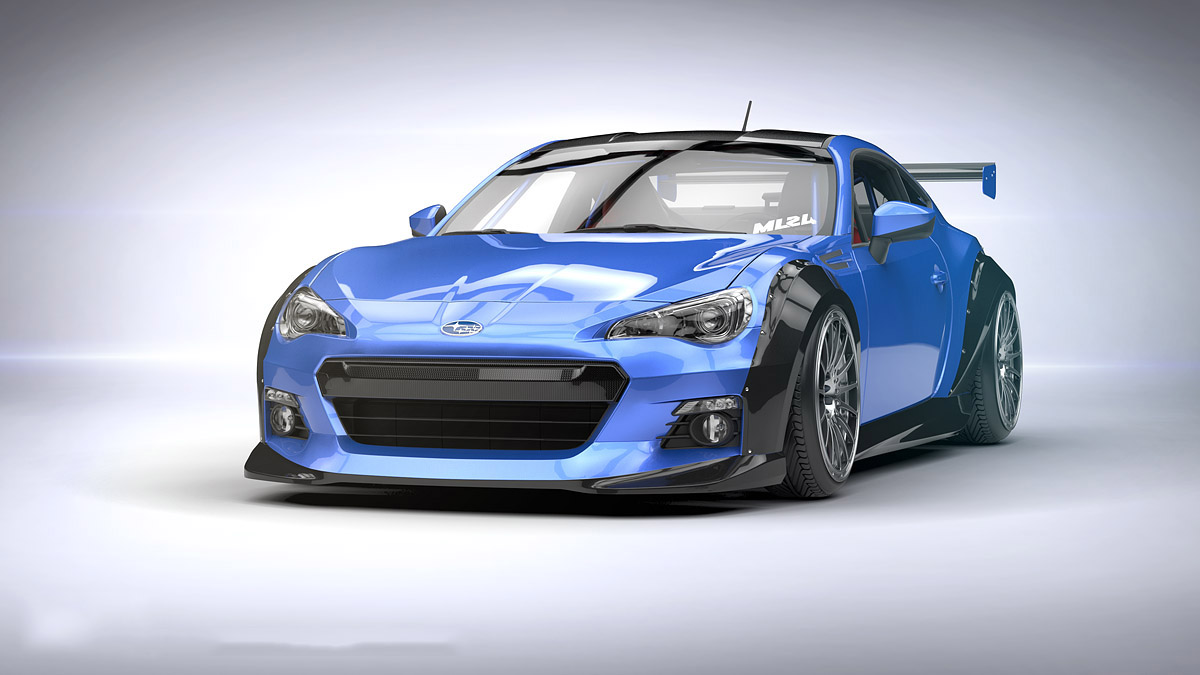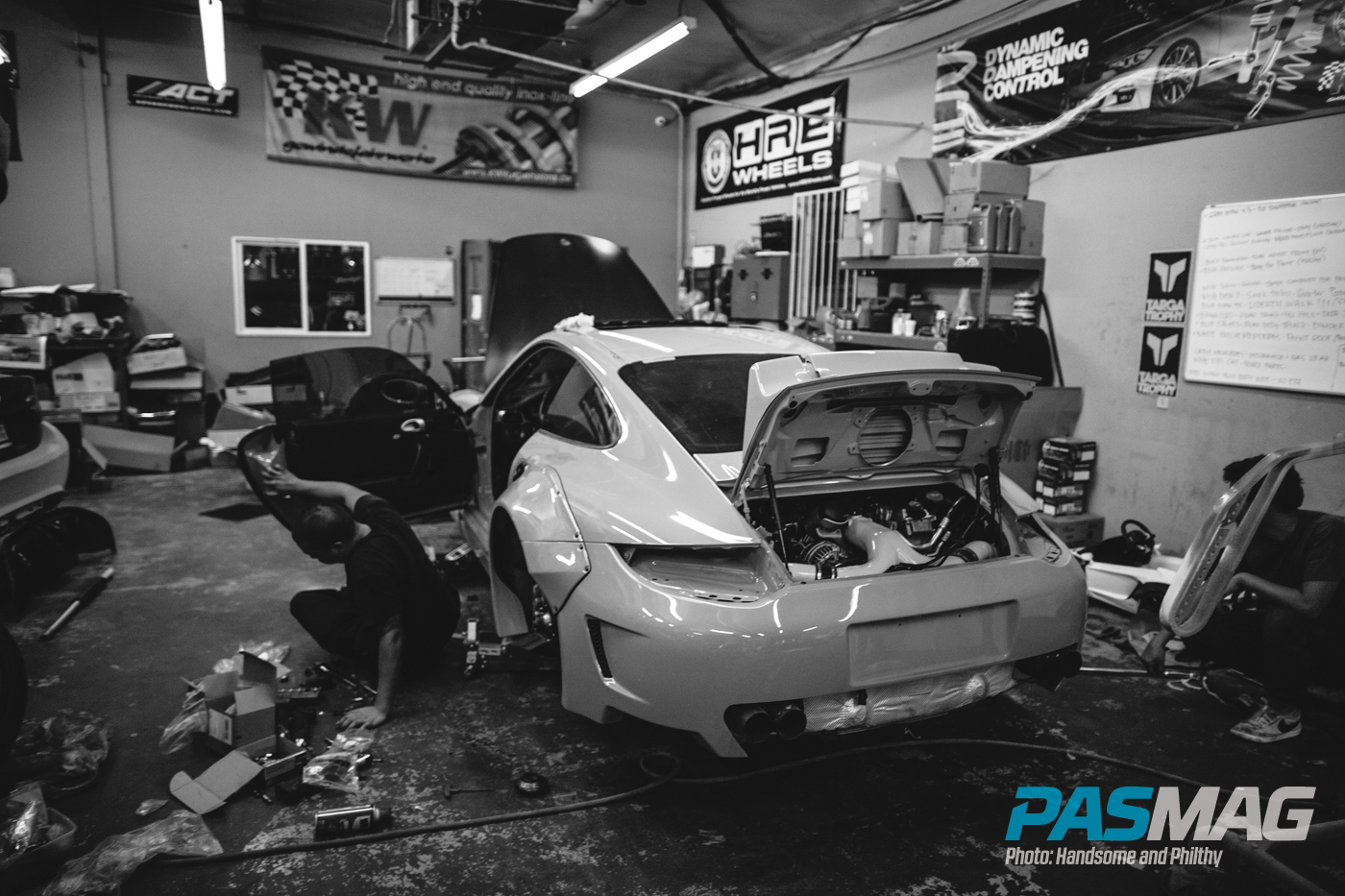The many dos (and important don’ts) of bolt-on wide bodies.
By Jordan Lenssen. Photography by Phillip Awad, Linus Lam, Marcel Lech, Jordan Lenssen, ReinART.Design.
Wataru Kato, Kei Muira, Akira Nakai. They’re the latest in a long line of popular body modifiers, and arguably the most successful when it comes to kits that draw crowds. With the help of social media and their almost-guaranteed show appearances, Liberty Walk, Rocket Bunny and RWB have brought the new era of wide bodies to the masses.
It’s a stark difference to days passed, when tuners pulled and rolled metal or molded, sanded and painted fenders. While that is still an only-option for many builders, bolt-ons have taken over as the quickest and easiest way to give a vehicle some literal flare.
But just how quick and easy is it? It seems that while over fenders have gained immense popularity, they have also garnered as much (or more) criticism because of this misconception. While some may think it’s a simple job, the work behind the current offering of wide bodies is anything but. There’s a reason there are so few successful names across the globe, and why so many DIYers have failed.
“There is a lot of work under the fenders that you don’t normally see to do a proper job,” Gerard DePeralta of SERIALNINE says. “It’s completely welded and sealed as if it were a stock car.”
“Being the nature of body panels, almost nothing out there is a perfect fit...This comes down to material science as well.” - Matthew Law, ML24
Attend just about any show and you’ll likely see a rivet-heavy kit from one of the names above. They’re rough, aggressive and make a bold statement with no apologies. Sure, there are plenty of wide body designs that make use of entire fender replacements, like Do Luck, Prior Design and Varis, but the trend has shown that exposed bolts are the rage. Nakai himself has built numerous molded RWB Porsches, but take a look at his recent builds and try to find one with a seamless wide body fender. The Jeopardy music just ended.
As a result of their “too cool for school” looks, it seems numerous installers and enthusiasts have been duped into thinking the bolts simply mean “bolt on.” Sure, the bolts are how they are secured, but that’s just the beginning.
The result has been a nightmare for some, and a shabby job for others. There’s nothing more disappointing than seeing a perfectly worthy car and kit sitting stagnant at a show, with a crowd of people shaking their heads in dismay.
“I see a lot of bad fitment,” says DePeralta. “They just don’t take the time to make sure the gap is perfect, or the parts are lined up. There is definitely a bit of a difference between a professional install and a home job.”
Each fender from each of the major players, whether it’s FRP, carbon fiber, fiberglass or otherwise, goes through a strict design process to ensure proper fitment. “I like to study the form of the car. Each kit is unique to a specific car, so it works with the lines, the curves and the overall design,” automotive designer and builder Matthew Law of ML24 tells us. For that reason, it’s imperative to ensure proper placement to avoid gaps and spaces, between the existing body and over fender.
We’ll make this brief and advise that, unless you are a trained and experienced builder, to leave it to a professional, well-known body shop. This is by no means a manual. But knowledge is power, and having that extra little bit may help you (or someone you know) recognize and save an improper install.








